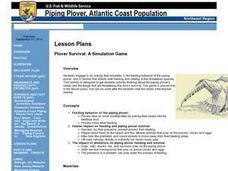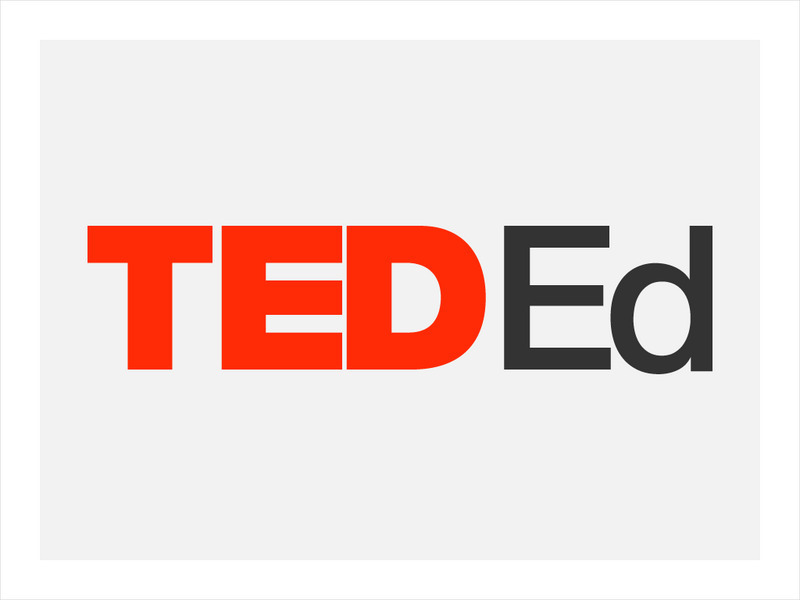Curated OER
Plover Survival: A Simulation Game
Seventh graders engage in a simulation that explains the feeding behavior of the piping plover and the things that disturb the feeding and nesting of this species.
Society for Science and the Public
Science News for Students: Food Like Smell on Plastic May Lure Seabirds to Eat
When plastic smells like supper, seabirds and other animals can be fooled into thinking it is food. Take a look at this investigation.
PBS
Pbs Learning Media: Animal Mouths
This collection of images of six different creatures, including insects and carnivorous vertebrates, illustrates the wide range of mouth types that exist within the animal kingdom. It also discusses the environment and its impact on the...
University of Arizona
Feeding Habits of Marine Animals
Marine Discover at the University of Arizona posts this lesson plan and activities which integrates the feeding habits of different marine wildlife. Step by step activity along with assessment and extentions are included.
Science Education Resource Center at Carleton College
Serc: Life in Extreme Environments: Who Is on Top in the Food Chain?
In this lesson, students will design experiments to gain some understanding of the feeding rates of Rotifers and/or Tardigrades. They will use organisms collected locally or provided by the teacher to explore differences between their...
ReadWriteThink
Read Write Think: Let's Build a Snowman
These two lessons that teach students about how animals survive in the winter by reading fiction and nonfiction. In addition to objectives and standards, this instructional plan contains links to sites used in the lessons as well as...
Other
U.c. Santa Cruz: Elephant Seal Tracking Studies
Discusses ongoing research programs at the University of California, Santa Cruz, which are studying elephant seals. The scientists are using time-depth recorders to study migration and feeding behavior in these seals.
E-learning for Kids
E Learning for Kids: Science: Christmas Island: What Do Animals Eat?
This lesson teaches students the three different types of diets animals may have - herbivore, carnivore, and omnivore.
Famous Scientists
Famous Scientists: Frederick Gowland Hopkins
Read about the British biochemist who received the 1929 Nobel Prize in Physiology or Medicine for the study of essential nutrient factors needed for animals.
American Museum of Natural History
American Museum of Natural History: Feeding O Logy Card
Investigate the process of feeding and the functions of food by flipping over this interactive OLogy card.
Cornell Lab of Ornithology
Habitat Network: Winter Berries for Winter Birds
Find out about the change in diet for many bird species as the seasons change.
Cornell Lab of Ornithology
Habitat Network: Food
Find out about different birds' food preferences, and how those affect their habitats.
TED Talks
Ted: Ted Ed: Cannibalism in the Animal Kingdom
Until recently, scientists thought cannibalism was a rare response to starvation or other extreme stress. Well-known cannibals like the praying mantis and black widow were considered bizarre exceptions. But now, we know they more or less...
Khan Academy
Khan Academy: The Discovery of Leptin
Questions related to the structure and function of the endocrine system.
Khan Academy
Khan Academy: Foraging
An article discussing the evolution of humans and animals relying on nature for their food. Learn about how humans have used the natural environment to hunt and gather food.















